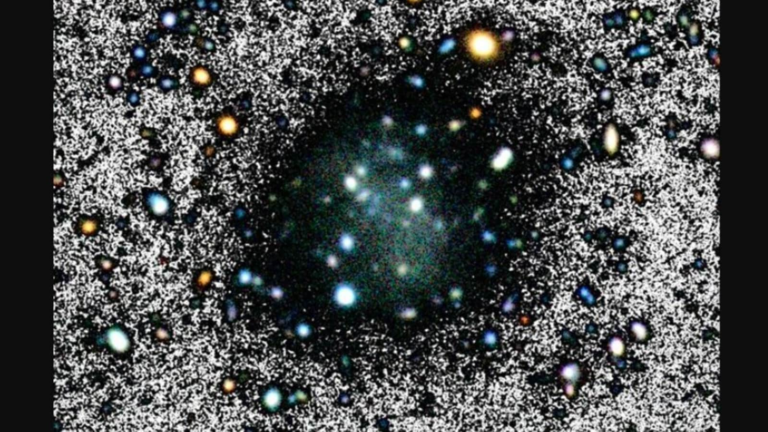Astronomers have discovered a mysteriously dark object that has left them perplexed. According to the report, this “almost invisible” dwarf galaxy exhibits characteristics that are opposite to the typical pattern exhibited by galaxies.
The galaxy has been named Nube, referring to a study published in the journal Astronomy & Astrophysics. This was discovered by an international research team from the Institute of Astronomy of Canarias (IAC) in collaboration with the University of La Laguna (ULL) and other institutions.
How did galaxies get their names?
One of the researchers in the research group asked her five-year-old daughter what the image of a dwarf galaxy reminded her of. She immediately said “nube'' (the Spanish word for cloud).
What is different from Nube?
According to the study, “its surface brightness is so faint that previous surveys of this part of the sky have passed it by unnoticed, as if it were some kind of ghost. This is because the star is spread out over so much space that “Nube” (Spanish for “cloud”) is almost undetectable.
Why have dwarf galaxies baffled astronomers?
Newly discovered galaxies have special properties that make them different from other galactic objects. According to the study, the star is “10 times fainter than other objects of its kind, but also 10 times more widespread than other objects with a similar number of stars.”
“With our current knowledge, we cannot understand how galaxies with such extreme characteristics could exist,” explained astrophysicist Mireia Montes, lead author of the study.
How far away is Nube?
Due to its dimness, it is difficult to determine how far away this galaxy is. Using observations from the Green Bank Telescope (GBT), researchers estimated that it was 300 million light years away. However, only further research will reveal whether this distance is correct.
Ignacio Trujillo, the second author of the study, spoke about the galaxy's distance and said, “Even if the galaxy turns out to be much closer, it is still a very strange object and poses a huge challenge to astrophysics.” It will bring.”


